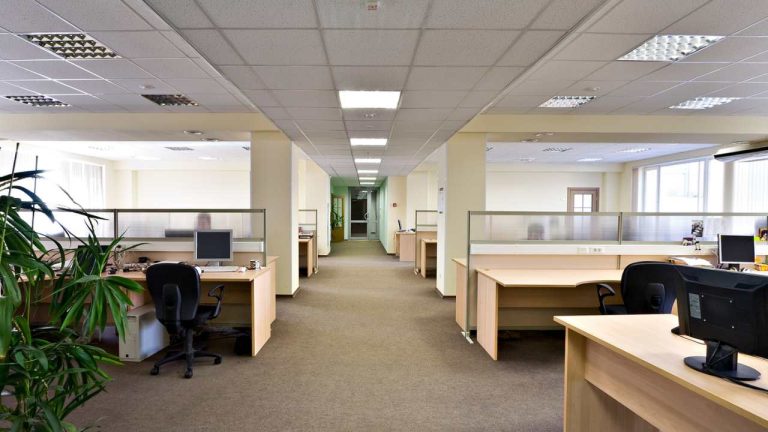A Blueprint for Rental Growth in Commercial Property Management
Most property management clients are looking for rental growth over time and a stable property investment as part of that process. In any property with a variety of tenants in occupancy, it pays to have a plan of property improvement, rental escalation, and leasing activity well sorted before the beginning of the financial year. Every lease requirement or property vacancy can then be carefully moved through the required negotiation.
Vacancies will happen in a property for a number of reasons, some of which are controllable and others not so. That is where the rental and leasing plan is so helpful because all of the key property decisions would have been made and set ready for any vacancy event or leasing upgrade.
So the object of this plan is twofold:
- To resolve vacancies quickly with another tenant of relevance for the location
- To put in place a lease that is beneficial over the long term for the landlord
These two simple facts can be optimised through a mixture of the following strategies all of which are set and managed by the leasing and or property manager acting for the landlord:
- Good lease documentation – A generic lease should never be used in a property of complexity. The special factors of occupancy should be considered for every property and lease terms structured accordingly. The same can be said for any landlord with their specific investment requirements and property lifecycle.
- Tenant selection process – Not all tenants are the same, and over the period of 3 to 5 years (the typical lease term today) some tenants will be more beneficial than others to taking up space in a property. Given the existing tenant mix, care should be exercised in choosing the right tenant for the location.
- Tenant movement – Your best tenants should be retained for long term occupation. As they experience pressures of expansion or contraction, they can be moved around in a property where other vacant areas may be more suitable. This concept is called a tenant retention plan and it should feature as a key component of the property business plan for the year.
- Market rents – It is relatively easy for a tenant rental to be out of balance to the prevailing market rental for a property and location. Each year a simple study of market rentals locally will help landlords understand just how their leases compare to the prevailing local market. That information is valuable when it comes to the next rental review negotiation or new lease.
- Alternative rents – Some lease rents are better than others when you consider the property type, the outgoings, and age of the property. The older the property the maintenance of the property will be a greater drain on operational costs. Make the right lease and rental choices for the landlord that allows realistic outgoings recoveries from the tenant. You must choose between net and gross rent.
- Outgoings costs – If you compare your property outgoings to similar properties in the same location, how comparable are your costs? The level of outgoings in your building will have an impact on rent levels and hence tenant lease negotiations. Make sure that the outgoings for your property are on par to other similar properties locally. You are then equally placed when it comes to any upcoming lease negotiation.
All of these things allow you to set realistic rules and targets in commercial property performance. Over time you can then grow levels of market rental to help the performance of the property for the landlord.





